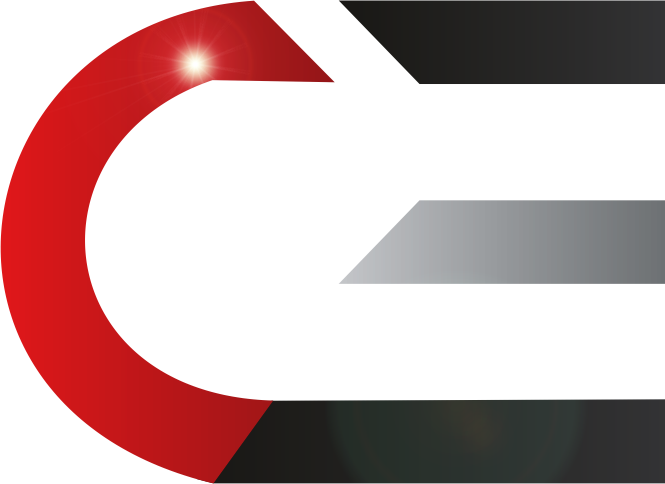Introduction – Big Data
In today’s data-driven world, the role of human resources (HR) in organizations is evolving rapidly. HR departments are no longer just responsible for recruitment, employee benefits, and training; they are becoming strategic partners in driving business success. One key factor in this transformation is the embrace of big data. By harnessing the power of data analytics, HR can gain valuable insights into workforce trends, make informed decisions, and contribute to the overall strategic direction of the company. In this article, we will explore why embracing Big Data is HR’s key to the boardroom and how it can revolutionize the way organizations manage their human capital.

Big Data Architect, “distributed data processing engineer”, and Tech lead?
The key differences between a big data architect, a distributed data processing engineer, and a tech lead:
- Big data architect: A big data architect is responsible for designing and implementing big data solutions. This includes designing the overall architecture of the solution, selecting the right hardware and software, and designing the data processing pipelines. Big data architects typically have a strong understanding of big data technologies, such as Hadoop, Hive, and Spark. They also have a strong understanding of data modeling and data warehousing.
- Distributed data processing engineer: A distributed data processing engineer is responsible for developing and maintaining distributed data processing systems. This includes developing the code for the data processing pipelines, deploying the code to production, and monitoring the performance of the systems. Distributed data processing engineers typically have a strong understanding of distributed computing technologies, such as Hadoop, Spark, and Kafka. They also have a strong understanding of data processing algorithms.
- Tech lead: A tech lead is responsible for leading a team of engineers. This includes setting the technical direction for the team, assigning tasks, and reviewing work. Tech leads typically have a strong understanding of the technologies that the team is working on, as well as strong leadership and communication skills.
Here is a table that summarizes the key differences between these three roles:
| Role | Responsibilities | Skills |
|---|---|---|
| Big data architect | Designs and implements big data solutions | Strong understanding of big data technologies, data modeling, and data warehousing |
| Distributed data processing engineer | Develops and maintains distributed data processing systems | Strong understanding of distributed computing technologies, data processing algorithms, and debugging |
| Tech lead | Leads a team of engineers | Strong understanding of the technologies that the team is working on, as well as strong leadership and communication skills |
The job market for big data professionals is expected to grow in the coming years, as the demand for big data solutions continues to increase. The Bureau of Labor Statistics (BLS) projects that employment in computer and information technology occupations will grow 13 percent from 2020 to 2030, much faster than the average for all occupations. This growth is expected to be driven by the increasing demand for big data solutions in a variety of industries, such as healthcare, finance, and retail.
If you are interested in a career in big data, there are a few things you can do to prepare yourself:
- Get a degree in a relevant field, such as computer science, data science, or information systems.
- Gain experience in big data technologies by interning or working part-time.
- Network with professionals in the big data industry.
- Take certification exams, such as the Certified Big Data Architect (CBDA) exam or the Certified Data Scientist (CDS) exam.
How Big Data is Transforming HR
The Rise of People Analytics
In the era of big data, HR professionals have access to an unprecedented amount of data on various aspects of the workforce. People analytics, also known as HR analytics or talent analytics, is the practice of using data to gain insights into various HR processes and make data-driven decisions. With the advent of advanced analytics tools and technologies, HR professionals can now collect and analyze vast amounts of data on employee performance, engagement, turnover, and more. This data can provide valuable insights into the effectiveness of HR programs and policies, helping organizations optimize their workforce strategies.
Identifying Talent Acquisition Patterns
One of the most significant areas where big data is transforming HR is in talent acquisition. Traditional recruitment methods often rely on subjective criteria and gut instincts, which can lead to biased hiring decisions. However, by leveraging big data analytics, HR professionals can identify patterns and trends in candidate data to make more objective and informed hiring decisions. Analyzing factors such as education, experience, skills, and even social media activity can help identify the best candidates for a particular role. By leveraging big data, organizations can improve the quality of their hires and reduce turnover rates.
Predictive Analytics for Retention
Employee turnover is a major concern for organizations, as it can be costly and disruptive. By leveraging predictive analytics, HR departments can identify factors that contribute to employee attrition and take proactive measures to prevent it. By analyzing data such as employee engagement surveys, performance reviews, and demographic information, HR professionals can identify early warning signs of disengagement or dissatisfaction and intervene before an employee decides to leave the organization. Predictive analytics can help HR develop targeted retention strategies, such as personalized development plans or improved work-life balance initiatives, to retain top talent.
How Big Data Supports Strategic Decision-Making
Aligning HR and Business Objectives
Traditionally, HR has been viewed as a support function rather than a strategic partner. However, with the help of big data, HR can align its strategies with the overall business objectives of the organization. By analyzing data on employee performance, skills, and development needs, HR can identify areas where additional training or resources are required to support the organization’s strategic goals. This alignment ensures that HR initiatives are directly contributing to the company’s success. By leveraging big data, HR professionals can provide insights that drive informed decision-making and enable organizations to adapt quickly to changing business landscapes.
Optimizing Workforce Planning
Workforce planning is a critical component of strategic decision-making. By leveraging big data analytics, HR can gain insights into workforce demographics, skill gaps, and future talent needs. This information can help HR professionals develop comprehensive workforce plans that ensure the organization has the right people with the right skills in the right positions at the right time. By proactively addressing talent gaps, HR can help organizations navigate challenges and seize opportunities in an ever-changing business landscape. Big data enables HR to make strategic workforce decisions that drive organizational growth and competitiveness.
Enhancing Employee Experience
Employee experience has a direct impact on productivity, engagement, and retention. Big data can play a vital role in enhancing the employee experience by identifying pain points and areas for improvement. By analyzing data from employee surveys, performance reviews, and other feedback channels, HR can gain insights into the factors that contribute to a positive employee experience. This data-driven approach allows HR to tailor policies, programs, and initiatives to meet the unique needs and preferences of the workforce, resulting in higher levels of engagement and satisfaction. Big data empowers HR to create a more personalized and impactful employee experience.
FAQs about Embracing Big Data in HR
Q1: What is big data, and how does it relate to HR?
Big data refers to the vast amount of structured and unstructured data that organizations generate on a daily basis. In the context of HR, big data includes information on employee demographics, performance, engagement, and more. By analyzing this data, HR professionals can gain insights into workforce trends, make data-driven decisions, and optimize their strategies.
Q2: Is big data only relevant to large organizations?
No, big data is relevant to organizations of all sizes. While large organizations may generate more data, even small and medium-sized businesses can benefit from analyzing their HR data. Big data analytics tools and technologies have become more accessible and affordable in recent years, allowing organizations of all sizes to leverage data for better decision-making.
Q3: How can HR departments start embracing big data?
To start embracing big data, HR departments should first assess their data infrastructure and capabilities. They need to ensure they have the right tools and technologies in place to collect, store, and analyze HR data effectively. Additionally, HR professionals should acquire the necessary skills in data analytics or partner with experts who can help them make sense of the data. It’s also important to establish clear goals and identify the key metrics that align with the organization’s strategic objectives.
Q4: Are there any ethical considerations when using big data in HR?
Yes, there are ethical considerations that HR departments must keep in mind when using big data. It’s crucial to handle employee data with utmost care and comply with privacy regulations and data protection laws. HR professionals should also ensure that data analysis and decision-making processes are fair, transparent, and free from bias. Transparency and communication with employees about data collection and usage

